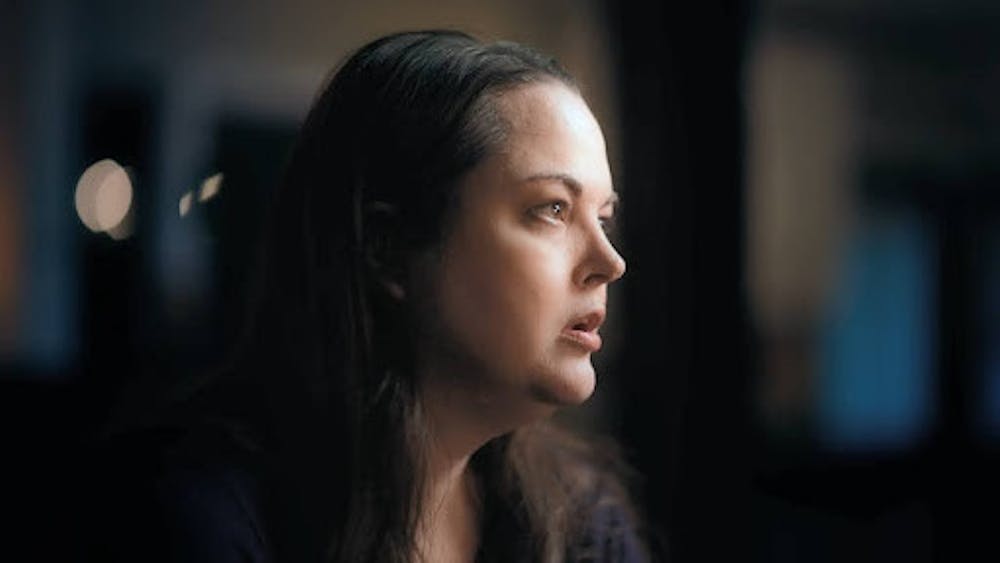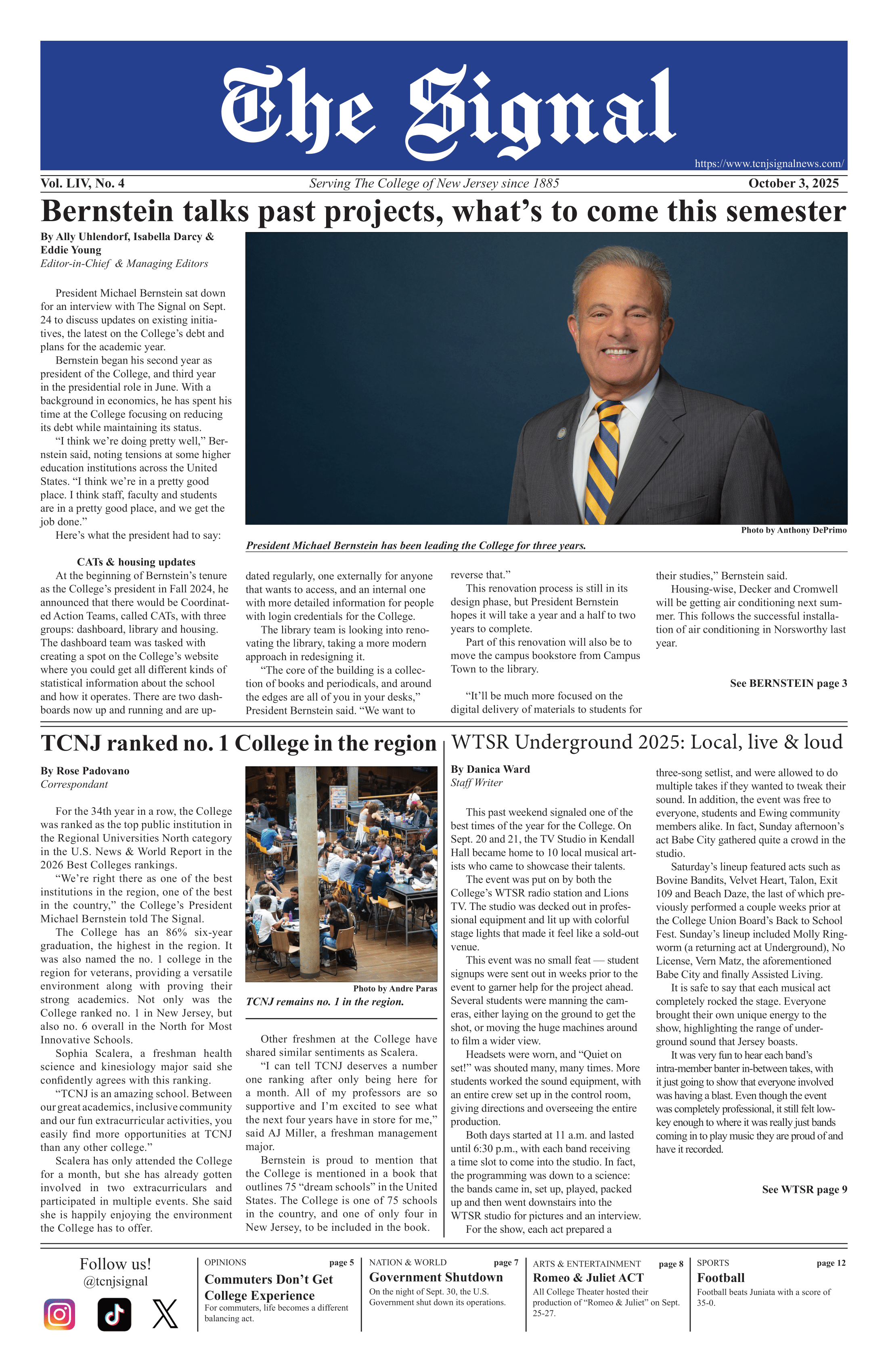By Tasnim Oyshi
Staff Writer
Netflix released a new documentary, “My Father, the BTK Killer,” on Oct. 10.
Dennis L. Rader, the BTK killer, was arrested in 2005 for the murders of 10 people in Wichita, Kansas. Keri Rawson, the killer’s daughter, shares her story about her experience and the aftermath of her father's arrest in the film.
The documentary also includes interviews with Wichita’s former Chief of Police Richard LaMunyon, former KAKE Wichita journalist Larry Hatteberg, former Kansas Bureau of Investigation agent Ray Lundin and others.
Together, they narrate the confirmed murders committed by Rader between 1974 and 1991 and how he interacted with the media to gain publicity for his crimes. Although the crew attempted to connect with the members of the victims’ families, none of them wanted to take part.
Rawson begins the documentary by recounting how she found out about her father being the BTK killer, having been informed by a police officer who came to her house to question her. As she travels back to Wichita, she shares anecdotes of her childhood and how her dad was like “every other dad.”
On a personal note, Rawson speaks regarding her own trauma. She elaborates on the conflict she faces between wanting to help find out if he murdered more people and the emotional strain it puts her through. “It’s hard to know who I am if every moment in my life was a lie,” she expresses.
This is followed by LaMunyon and Hatteberg talking about Rader’s very first victims, the Otero family, in 1974. Borgman uses archival footage and old news broadcasts from the time to share the experience of what it was like for the people of the town when the case first hit the news. The documentary switches back and forth between providing facts of the cases and Rawson’s own accounts of her interactions with her father.
The documentary provides a thorough examination of his murders and how he was caught in the first half. The second half is dedicated to examining the effects that his actions still have today, especially on Rawson. At one point, when Rawson goes back to her old yard, a woman from across the street yells at her as she tries to hide herself and drives away.
The case of the BTK killer served as the inspiration for a book by Stephen King, entitled “The Good Marriage,” which was adapted into a film in 2014.
Rawson recounts how this prompted her first interview about her father, fueled by anger, and how she said things that offended people. She further shares her complicated feelings of love for her father and anger toward him, King, and others. Rawson has since written two books about Rader: “A Serial Killer’s Daughter: My Story of Faith, Love, and Overcoming” and “Breaking Free: Overcoming the Trauma of My Serial Killer Father.”
In the end of the documentary, Rawson states how she has always been known as the BTK killer’s daughter. She says that her desire is to be known as her own self rather than for the crimes of her father.
Rawson now advocates for victims of abuse and trauma and is the only member of her family who maintains a public presence.







